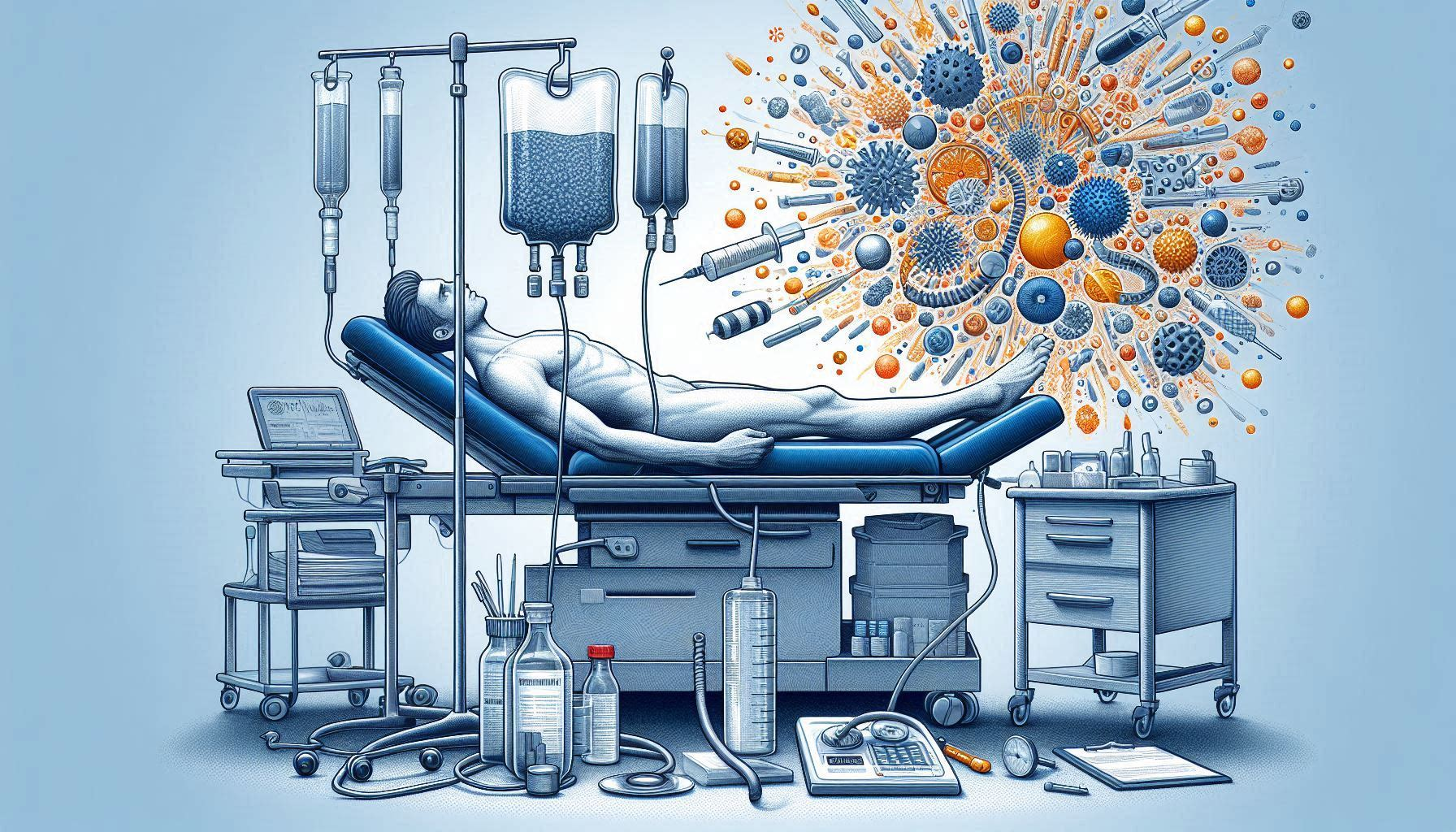In the ever-advancing world of medical technology, even the most fundamental pieces of equipment are undergoing significant transformations. Among these, examination beds have seen remarkable innovations that are reshaping patient experiences and streamlining healthcare processes. Let’s explore how modern examination beds are enhancing both patient comfort and doctor efficiency.
The Cornerstone of Medical Examinations
Examination beds have long been a staple in healthcare settings, serving as the primary interface between patients and healthcare providers during consultations and procedures. However, traditional designs often fell short in addressing the diverse needs of patients and the complex requirements of modern medical practices.
Recognizing these challenges, manufacturers have been pushing the boundaries of design and functionality, resulting in a new generation of examination beds that are smarter, more versatile, and increasingly patient-centric.
Comfort Redefined: Prioritizing Patient Well-being
One of the most significant advancements in modern examination beds is the emphasis on patient comfort. Manufacturers have introduced a range of features aimed at making medical examinations less daunting and more comfortable for patients of all ages and physical conditions.
Memory foam padding and customizable support surfaces are now common in high-end examination beds. These materials conform to the patient’s body, reducing pressure points and minimizing discomfort during extended examinations or procedures. Some models even offer temperature control features, allowing for heated surfaces that can help relax tense muscles and improve overall comfort.
Adjustability is another key factor in enhancing patient comfort. Many modern examination beds boast multi-position capabilities, allowing for easy transitions between sitting, reclined, and fully flat positions. This flexibility not only accommodates various examination needs but also caters to patients with mobility issues or specific medical conditions.
Efficiency Amplified: Empowering Healthcare Providers
While patient comfort is paramount, the needs of healthcare providers have not been overlooked in the design of modern examination beds. Numerous innovations have been introduced to improve workflow efficiency and reduce physical strain on medical
staff.
Electric height adjustment mechanisms have become increasingly common, allowing doctors and nurses to easily raise or lower the bed to their preferred working height. This feature not only enhances ergonomics for healthcare providers but also facilitates easier patient transfers, particularly for elderly or mobility-impaired individuals.
Integrated scales are another game-changing feature in some advanced examination beds. These allow for accurate weight measurements without requiring patients to move to a separate scale, saving time and reducing potential discomfort or risk for patients with limited mobility.
Technology Integration: The Smart Examination Bed
As healthcare becomes increasingly digitized, examination beds are following suit. Some cutting-edge models now feature built-in touchscreens that allow healthcare providers to access patient records, input examination notes, or even control bed functions directly from the bedside.
Wireless connectivity is another emerging trend, enabling examination beds to transmit data such as patient weight or position changes directly to electronic health record systems. This seamless integration can help reduce errors in data entry and provide a more comprehensive picture of patient health over time.
Specialized Features for Diverse Medical Fields
Recognizing that different medical specialties have unique requirements, manufacturers are now offering examination beds tailored to specific fields. For instance, obstetric examination beds may include stirrups and specialized support surfaces, while dermatology beds might feature adjustable lighting and magnification aids.
Some examination beds are designed with imaging compatibility in mind, using materials that don’t interfere with X-rays or other diagnostic tools. This allows for certain imaging procedures to be performed directly on the examination bed, improving efficiency and reducing the need for patient transfers.
As healthcare providers consider upgrading their facilities, investing in modern examination beds should be a key consideration. The benefits in terms of patient satisfaction, staff well-being, and operational efficiency can far outweigh the initial costs, making these innovative examination beds a wise investment for the future of healthcare.






